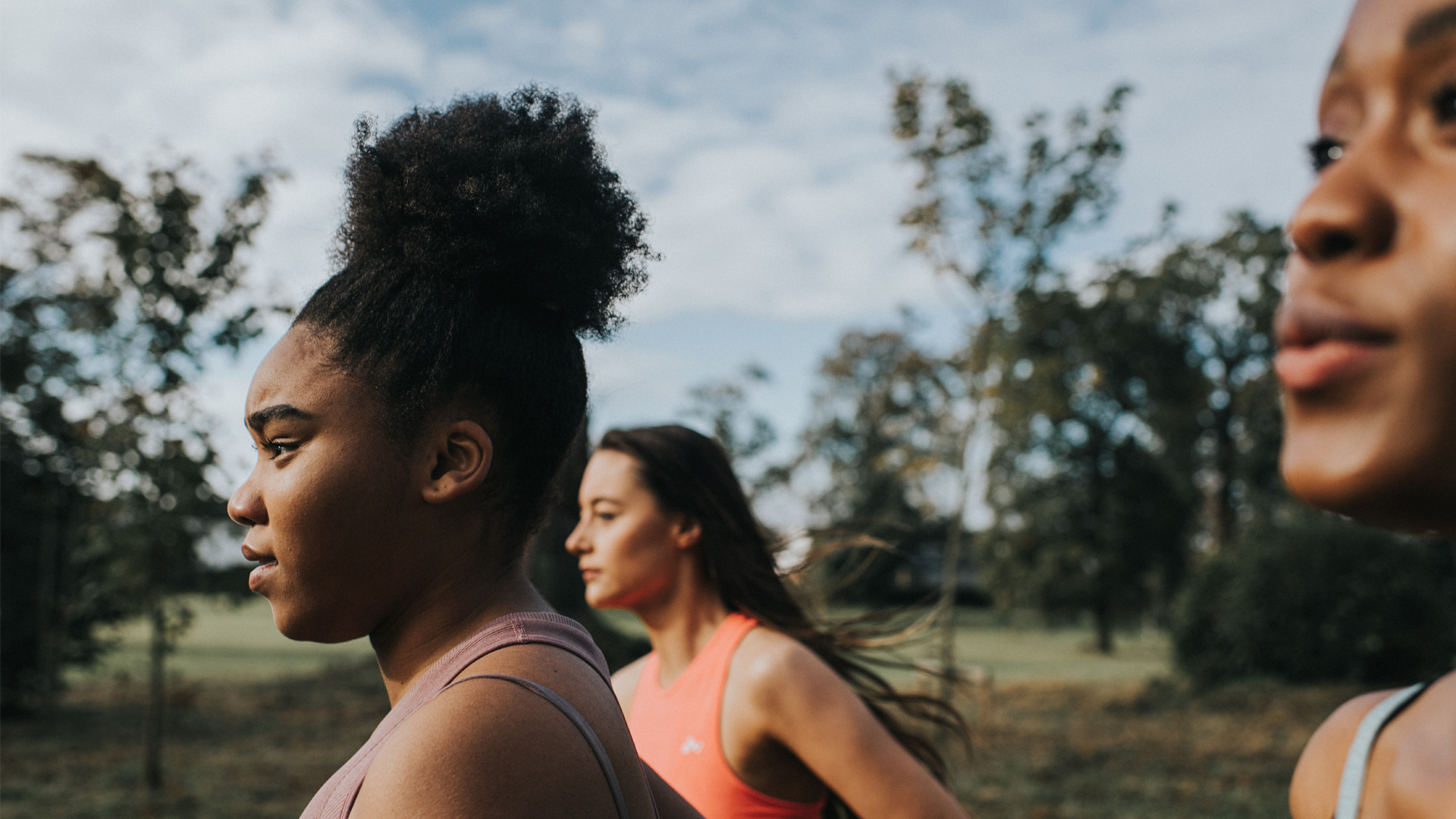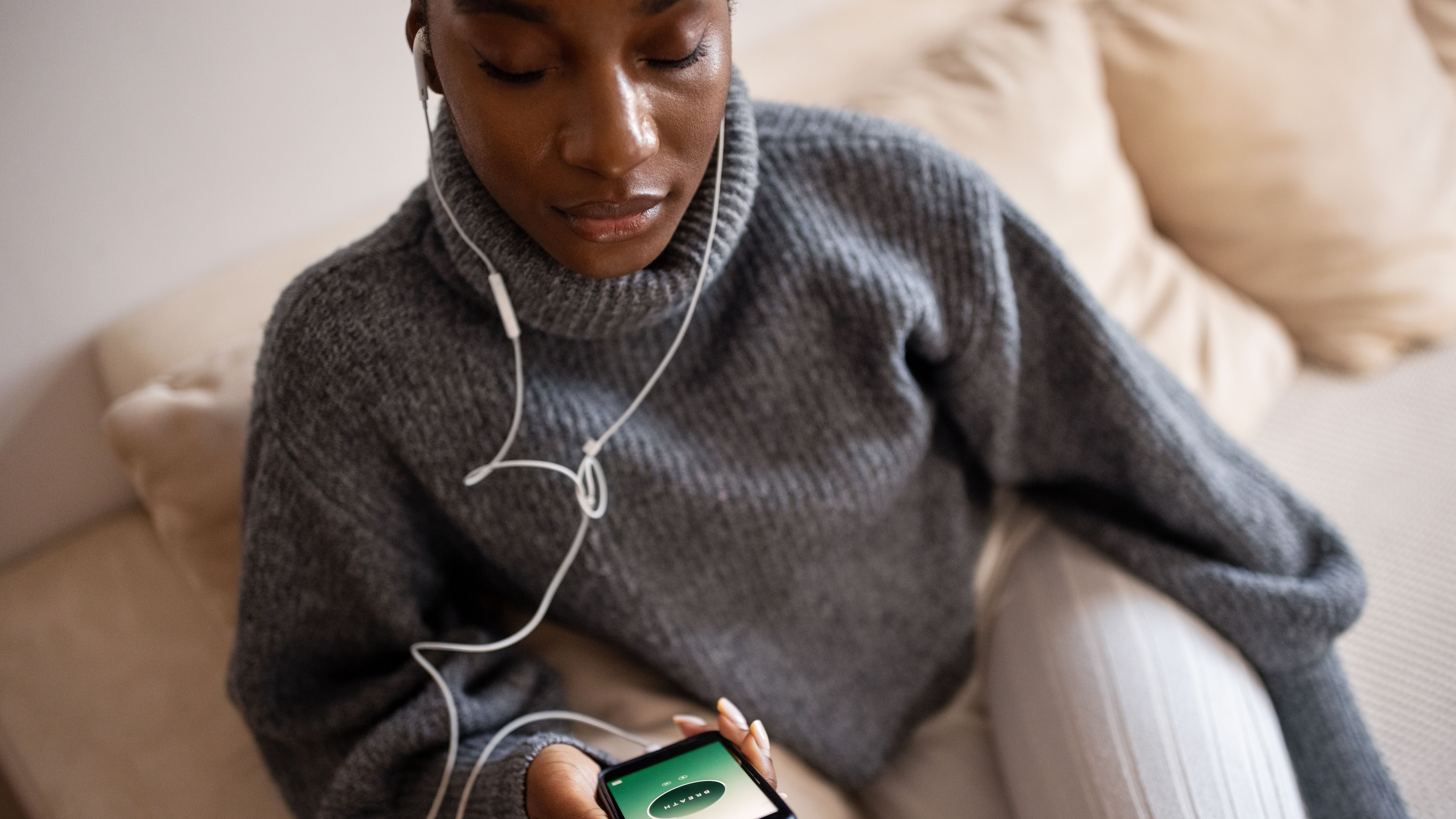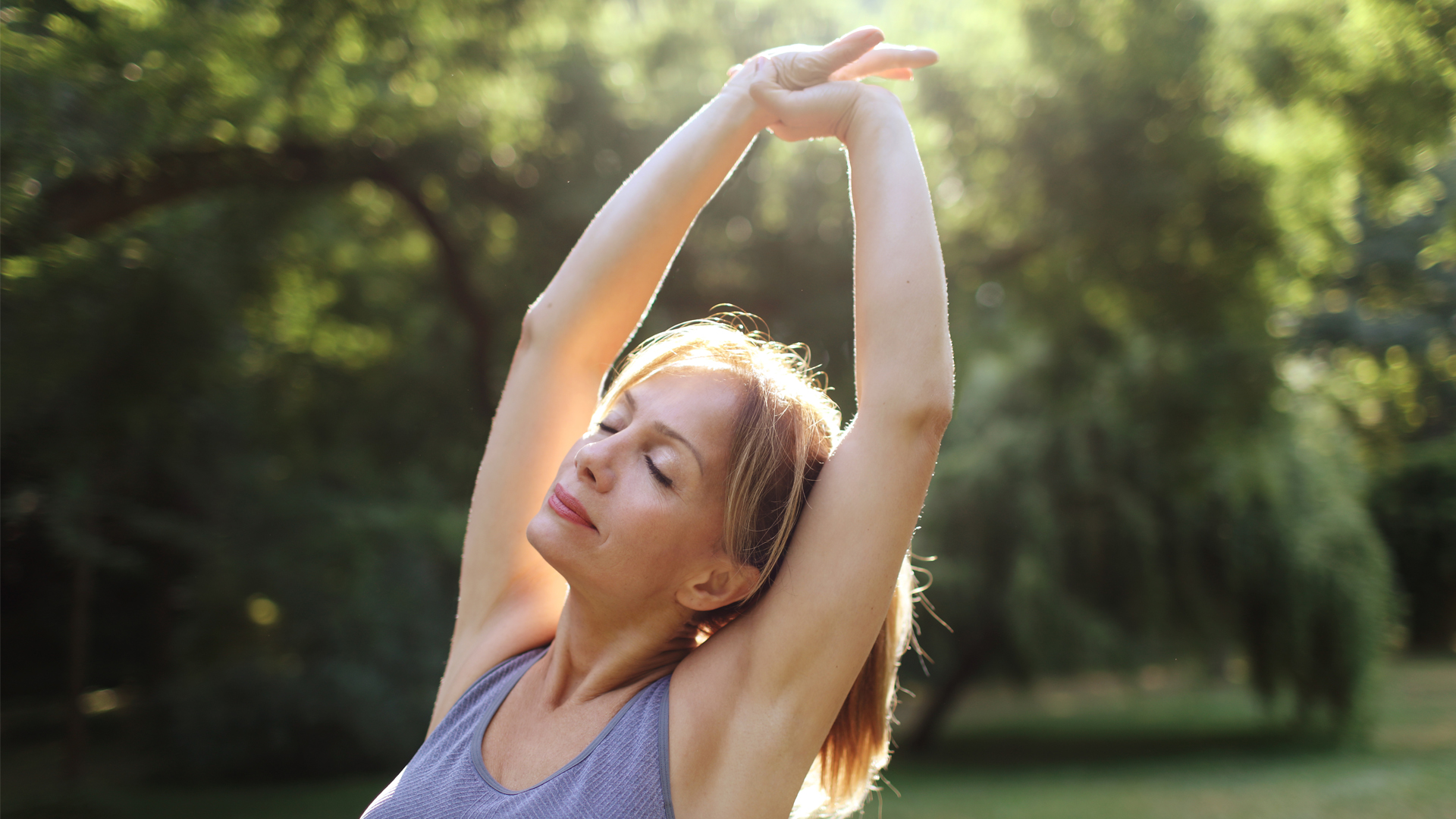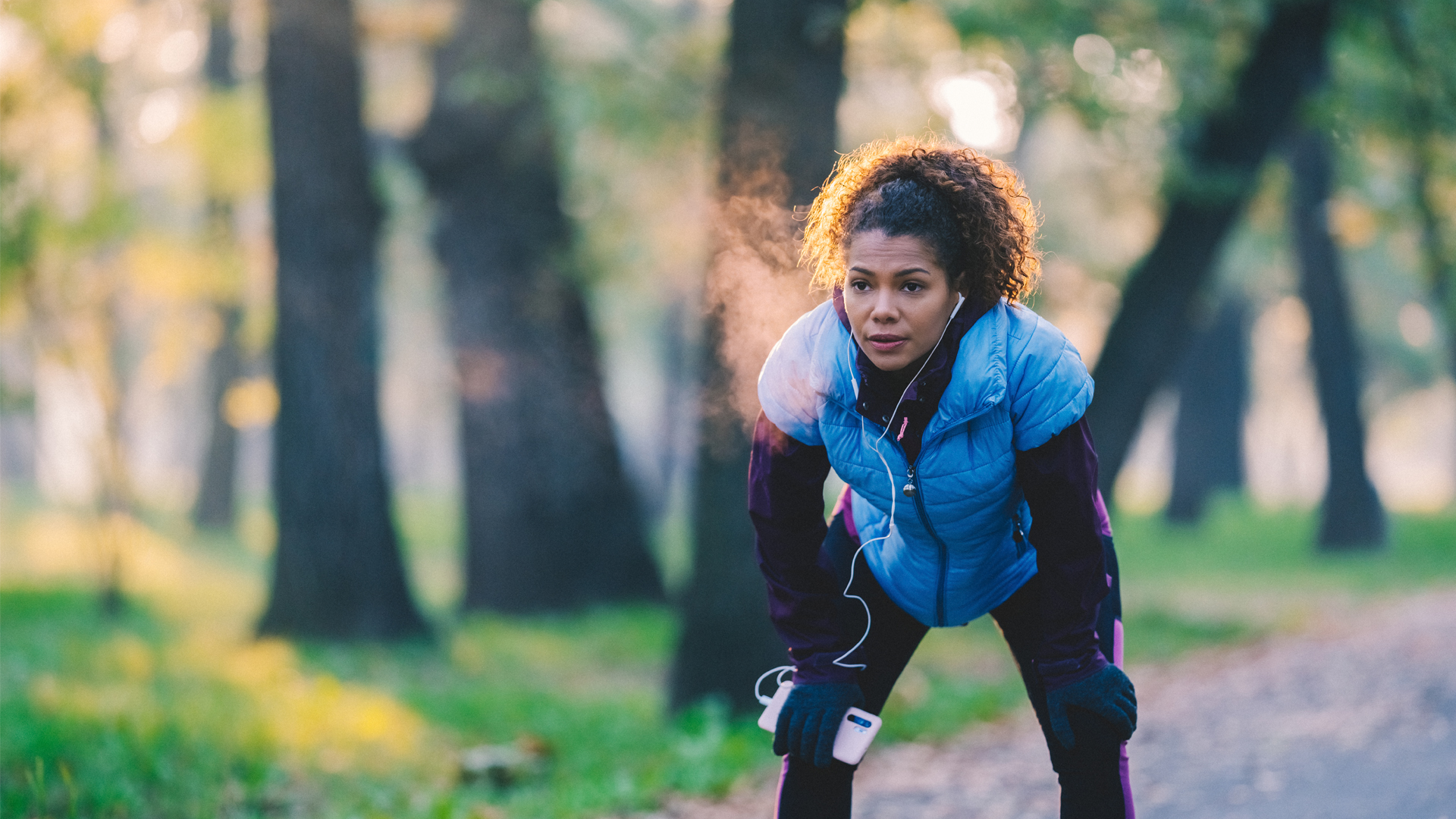What your breath rate really tells you about your health
We spoke to a respiratory physiologist to find out what the numbers actually mean

It can be hard to know exactly what your breath rate tells you about your health – after all, breathing is an unconscious action, so most of us don’t think about it unless it becomes challenging. But with wearable fitness trackers giving us so much data, you may be wondering exactly how to interpret those breath rate stats.
We spoke to a respiratory physiologist to get the lowdown on breath rate – including how to track it, what it reveals about your health and what you can do to improve your breathing.
What is breath rate?
A person’s breath rate is simply the number of breaths they take per minute. This can vary from person to person.
Professor John Dickinson is an exercise respiratory physiologist at CHHP London with a specialism in assessing exercise respiratory symptoms in athletes. He has tested over 1,000 elite athletes from various sports, including Olympians and Premier League footballers.
“A healthy breathing rate is somewhere between eight to 14 breaths per minute, at rest,” he explains. “It will depend on the person. Anything above 18 breaths per minute, at rest, is a little bit fast. So if someone’s doing that they've probably got some sort of hyperventilation issue going on.”

How can you track your breath rate?
Breathing changes throughout the day, according to our activities. Therefore Professor Dickinson recommends measuring your breath rate after a period of rest, or first thing in the morning.
You can measure your breathing rate by counting the number of breaths you take over the course of one minute while you're at rest. Do this by counting the number of times your chest or abdomen rises in the timeframe.
Get daily insight, inspiration and deals in your inbox
Sign up for breaking news, reviews, opinion, top tech deals, and more.
Wearable fitness trackers tend to measure breath rate during sleep. They measure the time between heartbeats, which shortens when you inhale and increases when you exhale. The heart-rate sensor on your device tracks the small differences in these intervals while you’re asleep, to determine your average breathing rate for the night.

What does breath rate reveal about your health?
Professor Dickinson says that having an abnormal respiratory rate can indicate a variety of things, including issues with the cardiovascular system. However, if it's not causing you any issues, then it's probably best not to be too worried.
“But if you’re concerned about your breathing rate, it’s worthwhile going to your doctor,” he advises. “There could be some underlying cause. It might be a cardiovascular issue, but it could also be anxiety or stress.”
Other factors that can affect a person’s breathing rate include injuries, illness, exercise, and mood.
How does breath rate change with exercise?
According to Professor Dickinson, your breath rate is a great indicator of your general fitness when you exercise. During exercise the lungs bring oxygen into the body, to provide energy and remove carbon dioxide,” he explains. “The heart pumps the oxygen to the muscles that are doing the exercise.”
“When you exercise and your muscles work harder, your body uses more oxygen and produces more carbon dioxide. To cope with this extra demand, your breathing has to increase and your circulation speeds up to take the oxygen to the muscles so that they can keep moving. Your breathing rate will increase during exercise, but as you get fitter, the time to recover from being out of breath will shorten and your overall breathing rate may decrease.”
It’s worth noting that while you may notice an increased breathing rate while exercising, you should not experience extreme shortness of breath or chest pain. If you do, stop immediately and contact your doctor.

How can you improve your breath rate?
A 2018 review published in Frontiers in Human Neuroscience showed that quick, shallow breathing may contribute to a host of health problems, and having greater control over breathing can bring many benefits to our mental and physical health.
Professor Dickinson recommends regular exercise, for overall health and to help improve lung function. As part of his research at the University of Kent, he’s also looking into what optimal breathing really is – because it’s not just the rate of breaths that matters, but the quality.
“When I'm trying to teach people what a good breath is, the focus is on initiating the breath within the lower ribcage, which also allows the ribcage to fully expand,” he explains. “You want to avoid lifting the ribcage up using the shoulders - because by doing that, it’s difficult to expand the lungs fully. Effectively, the more your rib cage moves, the more air can go into your lungs. So what we're looking to do is get good, efficient, smooth movement across the whole of the rib cage.”
What are the benefits of improving your breath rate?

Professor Dickinson says there are many benefits to having a healthy breath rate, including optimizing your aerobic ability to exercise, relaxation, and overall wellbeing. The act of breathing is a multifaceted process that uses up a lot of energy in the body, so breathing efficiently can help reduce that energy cost.
“We estimate the cost of breathing can be somewhere between 12 to 20 percent of your total energy expenditure,” he says. “So if you're breathing more efficiently you're going to be close to that 12%.”
“Having an efficient breathing pattern improves the efficiency of exercise because you're using less energy to breathe. Having a really good breathing pattern can also reduce anxiety and stress. A lot of people use breathing exercises as part of meditation and mindfulness. So, having a good relaxed breathing pattern can have that kind of psychological effect as well, of making you feel less stressed.”
Catherine is a freelance journalist writing across titles such as Fit & Well, Live Science, Healthline, The Daily Telegraph, Refinery29, Elle, and Vogue. She specializes in content covering health, fitness, wellness, and culture.
